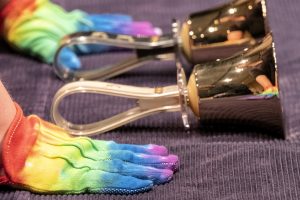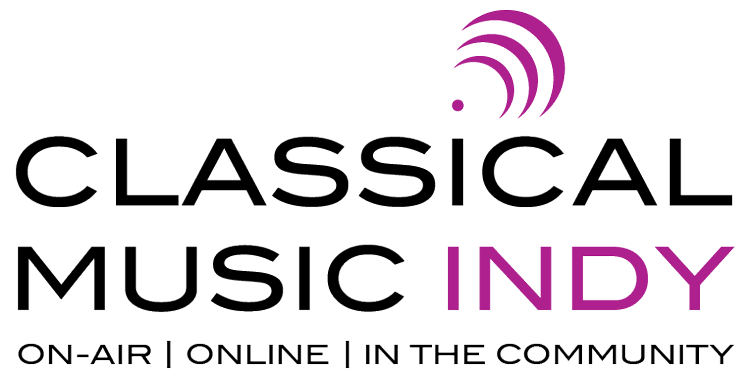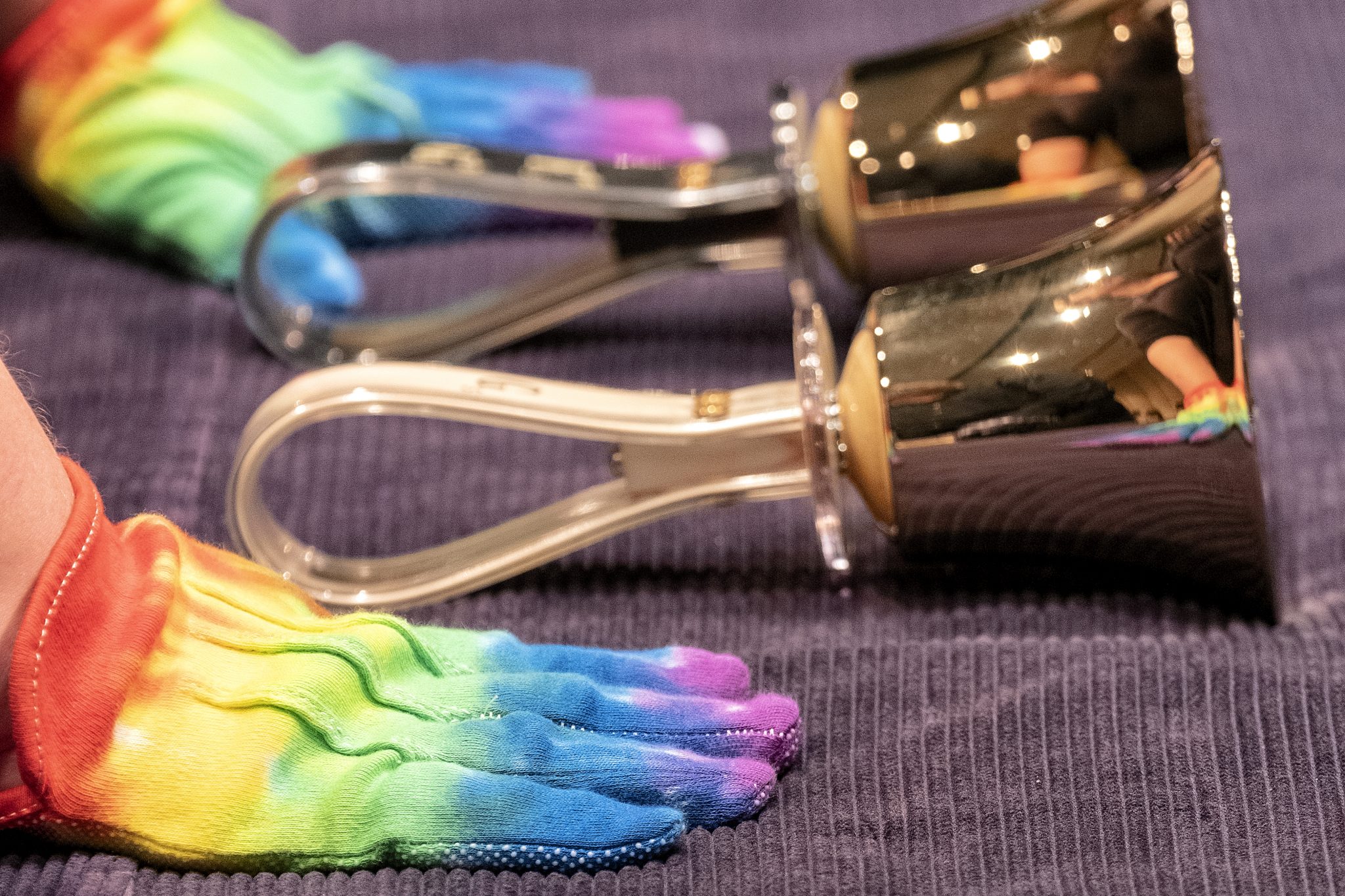Ways to Better Support LGBTQ+ Youth in Music Classrooms
By Shawn Royer & Sarah Breann Royer
When it comes to working with LGBTQ+ youth, even small efforts made by music teachers could make a huge difference to the health and well-being of students.
A study found that LGBTQ+ youth may engage in self-harm and risky behaviors such as suicide attempts and excessive drug and alcohol usage at higher rates than cisgender (people whose gender identity matches their sex assigned at birth) heterosexual students due to their perceptions of homophobia (McDermott, Roen, & Scourfield, 2008). A different study found that young LGBTQ+ people have rates of suicide attempts at least four times those of their straight counterparts (Bagley & Tremblay, 2000).
As music teachers, we often find that LGBTQ+ youth are drawn to our music classes, ensembles, and theatre productions. We would all like to believe that our music classrooms are inclusive spaces where everyone feels welcomed and safe. But how do we really know if this is the vibe we are creating? In what ways can we purposefully create truly safe spaces in our music classrooms in which all of our LGBTQ+ students feel seen, valued, and welcomed?
We decided to write this article because we believe that we may be uniquely situated to offer some valuable advice on this matter as members of the LGBTQ+ community and professionals in the fields of music, education, and psychology. I, Shawn Goodman-Royer (she/her), am an Assistant Professor of Music at Marian University, and my wife, Sarah Breann Royer (she/her), has worked in the fields of psychology, social services, and music education for many years. Together, we run the SYO Summer Music Programs, a non-profit organization that is committed to inclusivity and providing music education opportunities to middle school and high school musicians. The following advice for better supporting LGBTQ+ youth in your music classrooms comes from our own personal experiences as students as well as our combined professional experience and expertise.
1. Put an “ally” or “safe space” sticker on your door.
This small gesture will mean the world to your student that may be out, closeted, or questioning. The sticker indicates that you are a safe person to speak with, that you have an open-door policy if a student needs to talk, and that you will respect them for the complete person that they are. You can find several sticker options on Amazon by searching “ally sticker”.
2. Incorporate LGBTQ+ musicians and composers in your classroom.
If you have pictures or posters of musicians in your room, make sure that the LGBTQ+ community is represented in those pictures. Make sure that the repertoire you learn and perform includes music by LGBTQ+ composers. This should be very easy to do because so many musicians are part of this community. Also, remember to bring in guest artists and teachers from the LGBTQ+ community. Representation matters to students! We have compiled a list of LGBTQ+ musicians (in pop culture and jazz) and composers (orchestral and wind bands). Check it out here: https://www.shawnroyerjazz.com/lgbtq-musicians
3. Have students say their pronouns when introducing themselves.
At the beginning of each school year, have students introduce themselves by saying their names, their pronouns (she/her/hers, he/him/his, they/them/theirs, etc.) along with their instruments, their favorite superhero, or their favorite pop-tart flavor. Lead by example with this activity. Doing this every year will ultimately carry so much weight for your students.
4. Include your pronouns in your correspondences.
By including your pronouns as part of your email signature, you are showing that you are an ally to the LGBTQ+ community. When straight people share their pronouns, they are helping to normalize this practice. This is incredibly important because sharing pronouns is not something that should only be expected of our trans and non-binary friends. When everyone shares their pronouns, it’s a way to show that we value each person’s identity.
5. Use the name and pronouns that your students ask you to use.
If a student asks you to call them by a different name than the one that is listed on your roster, call them by that name. If a student’s name is listed as Edward but they tell you they go by Johnathon, you probably wouldn’t question it. Then why question it when Nicki tells you they go by Spencer? Whether this change of name happens at the beginning of the year or in the middle, as soon as a student notifies you of a change, make that change immediately. Practice using their name and/or new pronouns as often as possible. Do not use their “dead” name (their name assigned at birth). Doing so could potentially be traumatizing to the student. If you do accidentally slip up, don’t make a big deal of it. Simply apologize and correct yourself, then move on quickly.
6. Don’t divide the students by boy/girl for seating, lines, or teams.
Not every child identifies as “boy” or “girl”. For some children, it’s more complicated than that. In fact, somewhere between 1-2% of children are born intersex (Intersex Society of North America, 2008). That means the condition is about as common as red hair! Also, some children do not feel like the gender that they may look like. For these students, when they are forced into a particular classification by others, they may develop feelings of low self-worth and even depression. Pick another way to divide your classes. Other ways could include shoe size, height, birth month, pet type, etc.
7. Be aware of heteronormativity in language, stories, fairy tales, and media, and counteract it.
Just about every fairy tale we can think of ends with a prince marrying a beautiful girl and they live happily ever after. When LGBTQ+ youth see heterosexual relationships portrayed as the default everywhere they look, they may begin to see their own feelings as wrong. If they don’t see or hear their own feelings represented in stories, they may develop internalized homophobia and may even start to hate themselves for thinking and feeling the way they do. Also, maintaining the idea that straight is the default only perpetuates homophobia in our straight counterparts. We can counteract this by avoiding these types of fairy-tale story examples when possible, remembering to be inclusive in our language and with our visual aids, and not gendering inanimate objects in our examples. If you must use the phrase “boyfriend and girlfriend” at some point, be sure to add “boyfriend and boyfriend” or “girlfriend and girlfriend,” and if you discuss parents, instead of saying “your mom and dad,” just say “your parents or guardians”.
8. Don’t perpetuate instrument or voice-type gender stereotypes.
Instruments do not have gender preferences! Boys can play the flute and girls can play tuba. Be careful not to react in a negative or surprised way if a student wants to play an instrument that has historically been associated with a specific gender. Do your part to break down these stereotypes by sharing videos, pictures, and recordings of people that break these norms. By the way, girls can play jazz, too.
Also, base your voice-type assignments in choir on what you hear (range and timbre) and not on what you see. Be careful not to make assumptions based solely on a student’s sex. “It doesn’t matter if someone is cis or trans, we should be listening to technique and range” (interview with Trevor Fanning, 2021). Also, is it really that important that the timbres match perfectly? This is a decision you need to make about your own ensemble, but we think that if a student’s range allows for it, then allow the student to sing the part or with the ensemble that they are most comfortable in. Be willing to compromise. Value the students’ education experience over awards.
It’s important that we don’t assume that all sopranos and altos are female. This also means changing the language. “The time has come to move away from saying ‘ladies’ when addressing sopranos and altos and ‘guys’ when addressing tenors and basses. The last thing anyone wants to do is create an environment where gender dysphoria is exacerbated” (Fanning, 2021). Instead of calling your choir “Women’s Chorus,” call it “Treble Chorus”. And remember, it’s perfectly okay to have a female playing a traditionally male role or a male playing a traditionally female role in theatre or musicals.
9. Allow students to wear whatever they’re comfortable wearing.
Regarding formal attire for concerts, don’t assign tuxes or dresses based on gender. If you must stick to these two options, allow the students to choose to wear whichever they feel most comfortable in. We recommend the gender neutral “all black” for performances as an option that does not force students to wear clothing that they may potentially be uncomfortable in. Since show choir costumes are currently gendered and there do not seem to be many gender-neutral costume options in this genre, we recommend allowing your students to wear whichever costume they feel the most comfortable wearing. Then, program around that.

Photo courtesy of John Reichanadter.
How to handle a student “coming out” to you.
If you are doing these things in your classroom and have an open-door policy, there’s a good chance that you may have a student “come out” to you (which means they tell you that they identify on the LGBTQ+ spectrum) at some point. Any student of any age may share this information with you. Remember, not all of your students are straight and many of the stereotypes you may be familiar with are not necessarily true. For example, just because a boy acts tough does not mean he’s straight and just because a girl is a tomboy does not mean she is queer.
If a student comes out to you, we suggest following these guidelines:
1. Listen to them!
The student probably does not need or want your advice. They are coming out to you because they trust you and they need your support. Offer your support but don’t assume they need your help.
2. Avoid saying things like, “I knew it,” “Called it,” “Are you sure?” or “You’re probably just confused”.
Saying these things will not help your student and can potentially damage or even traumatize them.
3. Reassure them that you don’t think any differently about them.
Part of supporting your student includes letting them know that you do not judge them or think differently of them because of who they are as a person.
4. Tell them you are proud of them and that you understand the amount of strength it took for them to tell you.
They need to hear this from you. It helps let them know that they made the right choice by telling you and that you support them.
5. Ask if they have a different name or pronouns they want you to use.
Even if they did not mention a change of gender identity when they came out to you, it’s still a really good idea to ask them this question. It lets them know that you care and are committed to getting this right. Know that it’s okay if you make a mistake. You are not expected to know all the correct language and to say everything perfectly from the beginning. Just be committed to doing your best.
6. Ask if they feel safe at home and are supported by others.
If the student is worried about not being accepted, getting kicked out of their home, or being disowned by their parents or guardians, this would be a good time to discuss this. If a student tells you that they are worried about these things, ask them if there is a way that they can help and refer the student to the school counselor and other relevant resources. We have included such resources on our website, https://www.shawnroyerjazz.com/lgbtq-musicians. If a student tells you that they feel unsafe because of abuse, neglect, or they tell you that they are in eminent danger, you must, of course, help the student by reporting this information to the authorities as a mandated reporter.
7. Ask if anyone else knows.
Reassure the student that you won’t “out” them to others including other teachers, students, or their parents. Then, DON’T OUT THEM. You have no obligation to share this information with their parents or anyone else. The decision to tell people about their identity is a very personal decision and one that each person should make for themselves when they are ready. Just because they were ready for you to know does not mean they are ready for other teachers or their parents to know. DO NOT OUT THEM!
Doing these small things can make a huge difference in the lives of your students. You may never know what a difference your support has made to a student, but your choice of words and purposeful actions in your music classroom could help a student feel better about themselves because you accept them just the way they are. For more free resources for learning how to be a good ally, check out https://thesafezoneproject.com/.







Leave a Reply